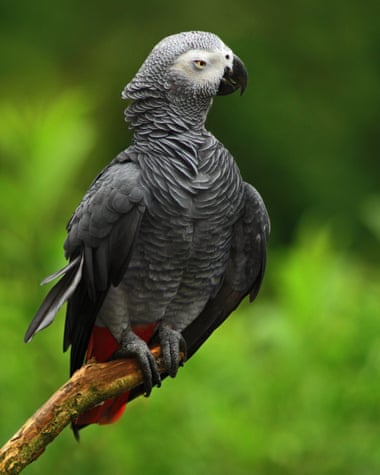Birds are more like ‘feathered apes’ than ‘bird brains’
When Jane Goodall observed chimpanzees making tools in 1960, humans lost their self-aggrandizing status as the world’s only tool makers. Now scientists are beginning to realise there may be much more ‘intelligent life’ in the universe than previously thought, but it’s just here: on our planet. Since Goodall’s discovery, researchers have found numerous other mammals displaying high levels of intelligence, including the great apes, elephants, dolphins, orcas and many canine species. But only in the last couple decades has scientists’ attention turned to intelligence in non-mammals, including birds.“Avian and mammalian brains seem to be functioning the same way, but interestingly their hardware is completely different,” said Emery, who noted that bird brains generally have shorter connections between specific parts of their brains than mammals.
“This structure means that birds might make decisions more rapidly then mammals, but we don’t know what implications this might have for their intelligence.”
But what is intelligence? It’s a question, really, for philosophy. Researchers rarely agree on an exact definition. But for his purposes, Emery described intelligence as “the ability to flexibly solve novel problems using cognition rather than merely instinct or learning.”
Emery said that we need to start thinking of intelligence as species-specific and not compare apples to oranges or humans to crows.
“It’s not really appropriate to pit one species against another, as each has evolved different skills or ways of thinking that provide them with an advantage in one test, but a disadvantage in another. There isn’t an IQ test for animals to rank their intelligence.”
For example, lab tests have shown that rooks and crows are better than eight-year-old children at reaching a treat by making a wire hook, but of course there are many things eight-year-old humans can do that rooks and crows can’t.
African grey parrots are known for their incredible ability to mimic human speech. However, this has placed them in grave danger. The parrots are being pushed toward extinction in the wild to feed the pet trade. Photograph: Nathan Emery


Muito interessante!
ReplyDeleteNão é? Já tinha lido sobre os corvos mas não acerca de outras espécies nem acerca da constituição do sistema nervoso.
ReplyDelete